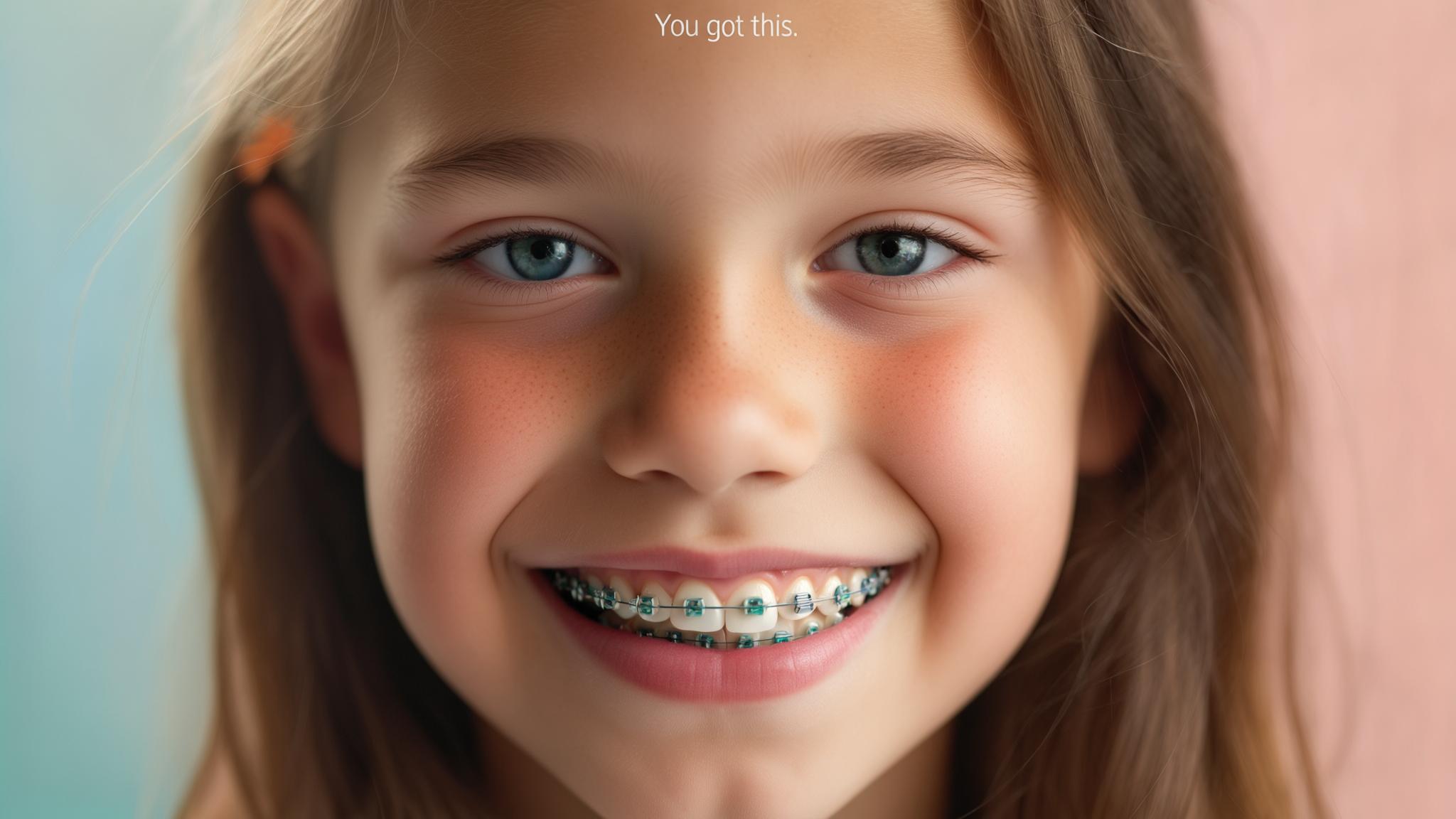Orthodontics and the Teen Experience with Braces
Orthodontics is a branch of dentistry focused on correcting teeth and jaw alignment. Braces are a common tool used in this field to help straighten teeth, improve bites, and enhance overall oral health. For teenagers, the journey with braces is not just about achieving a beautiful smile; it’s an experience that involves adjustments, both physically and emotionally. Understanding what teens go through can help prepare them for this transformative journey.
This article will delve into the mechanics of braces, the process of getting them, and what life is like with them. We'll also explore the social and emotional aspects of wearing braces as a teenager and highlight the importance of regular orthodontic visits.
Understanding Braces
Braces are dental devices used to correct misaligned teeth and jaws. They consist of several components:
- Brackets: Small squares bonded directly to the front of each tooth.
- Wires: Thin metal wires that connect the brackets and apply pressure to move teeth.
- Bands: Elastic bands that help secure the wire to the brackets.
There are different types of braces available:
- Metal Braces: The most traditional and commonly used type.
- Ceramic Braces: Similar to metal braces but with tooth-colored brackets.
- Lingual Braces: Placed behind the teeth, making them less visible.
- Clear Aligners: Removable trays that are nearly invisible, such as Invisalign.
The primary purpose of braces is to correct misalignment and improve the bite, which can prevent oral health issues down the line.
The Initial Consultation
The first visit to the orthodontist is crucial in setting the stage for treatment. During this consultation, the orthodontist will:
- Conduct a thorough examination and take X-rays of the teeth and jaw.
- Discuss various treatment options and what each entails.
Setting realistic expectations and goals during this visit is important to ensure a smooth treatment journey.
Getting Braces: The Process
The process of getting braces involves several steps:
- Preparation: Cleaning the teeth and applying a special adhesive.
- Application: Attaching brackets to the teeth and threading the wire through.
- Duration: The procedure usually takes about 1-2 hours.
Initially, teens might experience discomfort as they adjust to their new braces. Following post-appointment care instructions is essential to ease the transition.
Daily Life with Braces
Maintaining oral hygiene with braces requires special care:
- Brushing and Flossing: Use a soft-bristled toothbrush and floss threaders to clean around brackets and wires.
- Dental Products: Consider using interdental brushes and fluoride mouthwash for added protection.
Dietary changes are also necessary:
- Avoid: Hard, sticky, and chewy foods that can damage braces.
- Enjoy: Soft foods like yogurt, mashed potatoes, and bananas.
Discomfort is common, but manageable with over-the-counter pain relief and orthodontic wax to protect the mouth from irritation.
Social and Emotional Aspects
Braces can impact a teen’s self-esteem and confidence:
- Common Feelings: Teens might feel self-conscious or embarrassed.
- Coping Strategies: Encourage positive self-talk and focus on the end result—a beautiful smile.
Peer interactions can vary, but many teens find support and camaraderie among friends who also have braces.
Regular Orthodontic Visits
Follow-up appointments are vital for:
- Adjustments: Tightening wires and changing bands to continue progress.
- Monitoring: Ensuring the treatment is on track.
Building a good relationship with the orthodontist can help teens feel more comfortable and informed about their treatment.
The Journey to a Beautiful Smile
Anticipating the end result keeps teens motivated:
- Duration: Treatment can vary from 18 months to 3 years.
- Celebrate: Mark milestones and progress with small rewards.
After braces are removed, wearing retainers is crucial to maintain the new alignment. Continuing good oral hygiene practices will keep the smile healthy and bright.
Conclusion
The journey with braces is a significant part of many teens' lives. Embracing this experience with patience and positivity can lead to not only a beautiful smile but also improved self-confidence and oral health. Remember, the effort is worth the brilliant smile that awaits at the end.
Additional Resources
- American Association of Orthodontists
- KidsHealth on Braces
- Local orthodontic practices can provide personalized advice and support.

